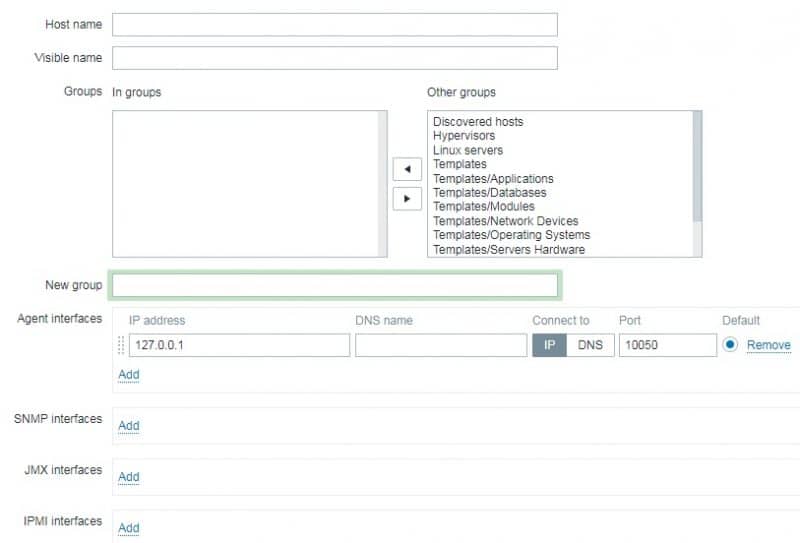

It contains important details about that particular process. It turns those thousands of monitored activities into a big behavioral picture - actually a graph - which can be interactively explored making behavioral malware analysis as efficient as it never was before. In Search box, we have to Search with the word Process Monitor. A process control block is associated with each of the processes. Depending on the version of procmon you have installed may change the registry key location. It fills this actual gap by merging those records together. Change the Altitude registry value under the HKLM\System\CurrentControlSet\Services\PROCMON24\Instances\Process Monitor 24 Instance registry key to 100 less than the lowest altitude value (to see all events). If several processes are suspended on condition x, and an x.signal () operation is executed by some process, then we can determine that which of the suspended processes should be resumed next by one simple solution is to use a first-come, first-served (FCFS) ordering, so that the process that. Hence it’s kinda hard to get accordingly recorded activities together in one piece or picture. Resuming Process Monitoring for a Process Instance. While those utilities are still available out there, and while they might suit your particular needs, you’d be much better off with Process Monitor, because it can handle a large volume of events better due to the fact that it was designed to do so. Any of them works in a so to say separated or isolated way, not knowing anything from each other. The Process Monitor utility was created by combining two different old-school utilities together, Filemon and Regmon, which were used to monitor files and registry activity as their names imply. Process Monitor will filter the displayed. But there’s a major problem with these tools. To view events for just a specific process, right-click any event generated by the process and then click Include.

These “two” tools cover almost everything a malware analyst might be interested in when doing behavioral malware analysis. The defacto standard ones, though, are Sysinternals’s Process Monitor (also known as Procmon) and PCAP generating network sniffers like Windump, Tcpdump, Wireshark, and the like.
#Process monitor tutorial how to#
There are plenty of tools for behavioral malware analysis. Oracle Database Performance Tuning Guide for information about how to monitor and tune the performance of LGWR. Welcome to ProcDOT, a new way of visual malware analysis.


 0 kommentar(er)
0 kommentar(er)
